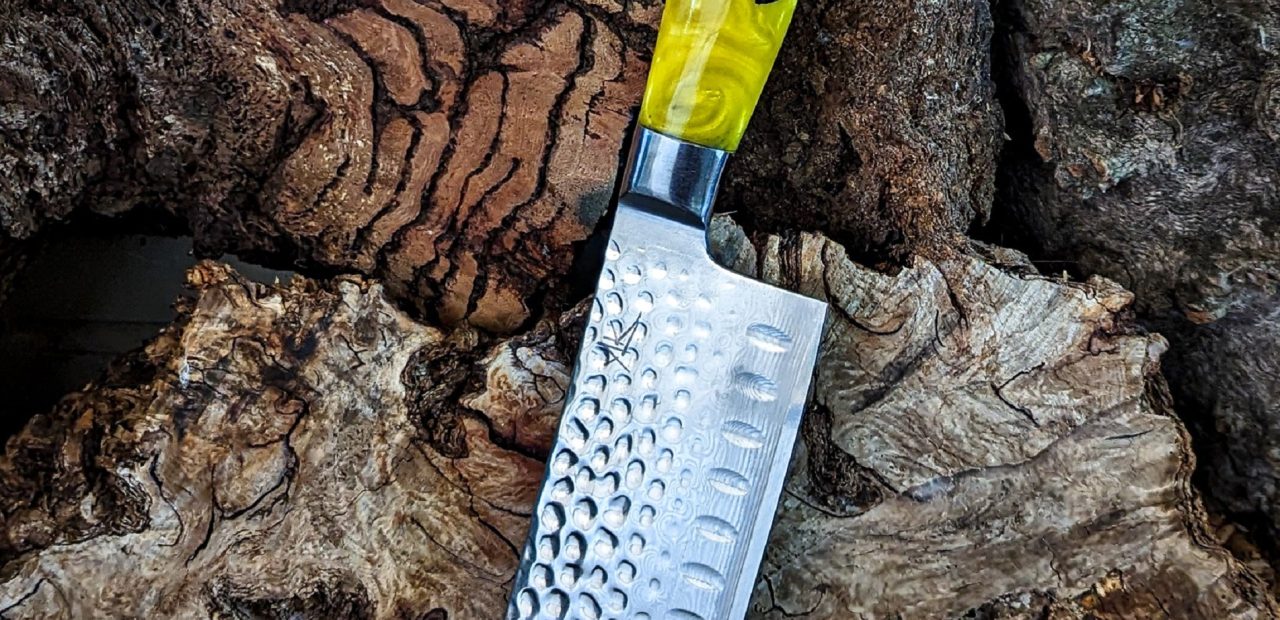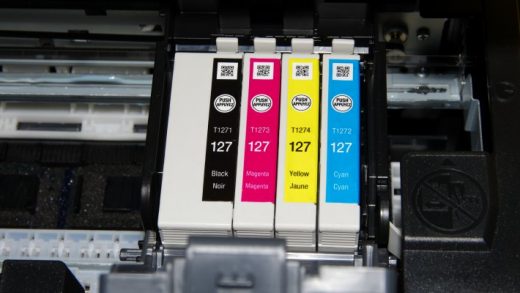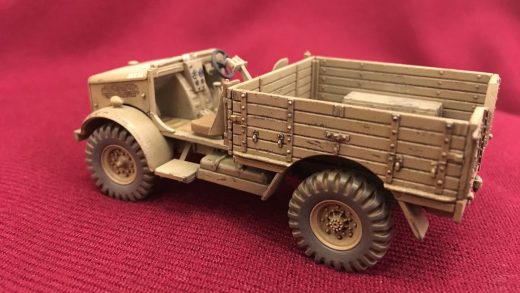Chopping Veggies Beautifully: What Is a Nakiri Knife and Why Do You Need One
If you’ve had an omakase at your favourite sushi restaurant, you’ve probably seen a Nakiri knife in operation. It’s that knife that resembles a cleaver but is used to slice eggplant, dice onions, and julienne vegetables with exquisite precision and delicacy. It’ll undoubtedly become your new go-to appliance for speedy chopping and simple preparation.
Contents
What Is a Nakiri Knife Used For?
A Nakiri knife is a traditional Japanese-style blade most frequently used for slicing, dicing, and chopping vegetables. It’s a double-bevelled knife with a rounded, as opposed to a pointed tip and a straight, symmetrical edge. The steel is thinner, the blade is shorter in length and height, and the knife is lighter overall, even though its look resembles a cleaver. Its primary characteristic is its straight blade, which promotes a particular cutting style.
Why Do You Need a Nakiri Knife?
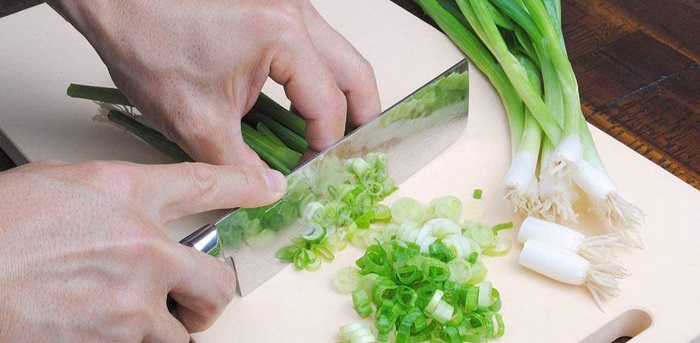
Have you ever sliced veggies for a stir-fry and ended up with a string of paper-doll-like vegetables still attached one to another? That’s because of how simple it is to not completely cut through a vegetable’s skin with a curved blade. The nakiri’s flat edge creates more thorough contact with your cutting board, leading to cleaner cuts!
The nakiri can serve as the “Sous Chef” to your large 240mm Gyuto in your kitchen. The Gyuto (the Japanese knife equivalent to the Western Chef’s knife) always goes first, and the nakiri finishes most of the labour-intensive preparation. Whether you need to chop ten onions for soup, prepare a quick stir-fry for two, or cut scalloped potatoes for a large family supper, a professional Nakiri knife will finish it in a matter of minutes.
In addition to your chef’s knife, your nakiri can be just as helpful. They can easily handle simple tasks like chopping herbs and mincing garlic, but they can also dig into a thick bed of kale or a 2.5-kilo head of cabbage and hold their own. This knife is necessary if you are a vegan or vegetarian and solely cut vegetables. They make a fantastic first knife and the ideal wildcard to complete a more extensive collection.
How Do I Choose the Right Nakiri for Me?
You should think about how the knife feels as you would with any other, paying particular attention to the weight, handle material, and blade length. Regardless of the price, think of it as an investment. If you take proper care of it, it’ll last you decades. Keep an eye out for these when getting your nakiri:
Overall Feel
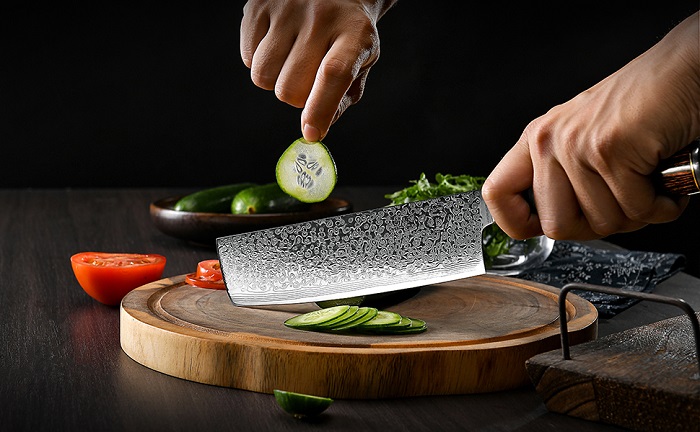
Take the knife in your hand – that’s the most effective way to test out any blade. Does the weight feel comfortable? How does the knife handle feel, particularly the joint where the handle and blade meet? It’s crucial to position your fingers here and feel safe in your grip because this is where you hold the knife. Slight length differences can also affect how it feels; simulate a few chopping strokes and assess your sense of control over the blade.
If ordering online, check the store’s change and return policies to see if you can swap the cutter for another if it doesn’t feel right in your hand. Compare the weight and blade shape of the knife to your favourite one you already have at home.
Handle
Most nakiri feature lightweight handles, frequently made of softwood like those on other Japanese knives. If you’re used to a Western knife’s heavy, curved, triple-riveted handle, you’ll find that this option is a welcome change for your chopping arm. There’s something about the Japanese take on knife handles that make them even more comfortable than their European counterparts.
The defining characteristic of this knife’s handle is its straight and flat build, with two rivets connecting it to the blade. This allows for a smoother and simpler gripping motion, even with larger hands. Additionally, this design is more sanitary as dirt can’t settle in its crevices and it’s easier to clean overall.
Blade
Although blade selection is vital, most nakiri feature blades with sharpness levels that are typically impossible for an amateur cook to notice. An edge that can patina is the only thing to watch out for. Since many Japanese knives contain less chromium, they develop a protective patina over time. Keep an eye out for rough or patterned blades, frequently indicators of potential future patina.
How to Use a Nakiri Knife?
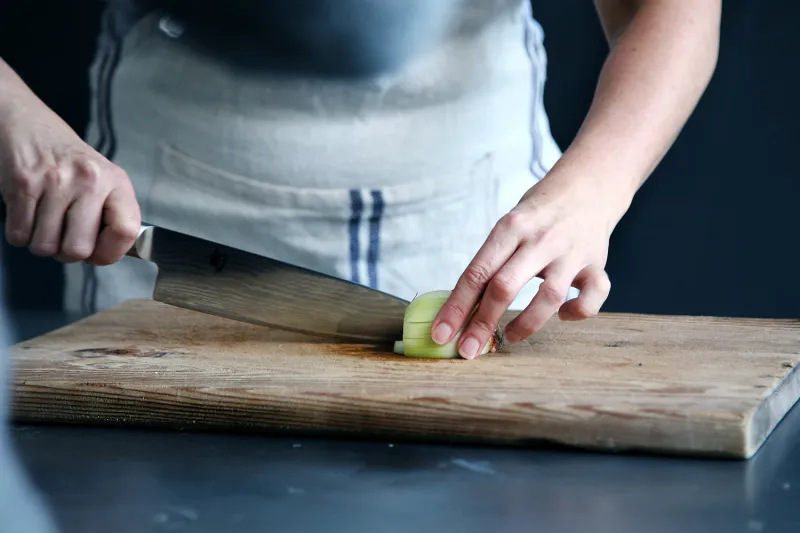
Once you get yourself a high-quality Nakiri Japanese knife, you’ll want to know how to use it. Or, you may already have one in your kitchen knife collection, and by now, you’re eager to find out the perfect cutting technique.
The nakiri can require some getting used to. You’ll find that sliding the knife forwards or back rather than rocking it works much better when you first start chopping. All blades perform better when they slide, but Western culture and TV have conditioned us to use rocking movements when cutting with our knives. Your brain gets retrained by the nakiri, and with some practice, your knife abilities will be superior to ever!
Because they have more steel in the front of the knife than the back, nakiri blades are slightly heavier and have a more forward balance. You’ll be delighted at how much the work they perform for you if you’re a lazy person. The more you use a nakiri, the more you understand they’re vegetable-chopping tools rather than merely lovely faces.
The fundamental method for employing a nakiri is as follows:
- Take hold of the knife’s handle. Now move your hand up until your thumb and pointer finger are holding a location on the spine just in front of the handle’s end. That provides you more control over the knife than just grasping the handle.
- Make a type of “claw” by tucking the fingers of your other hand under your knuckles. Your thumb should remain tucked in as you place this on top of the food you’re cutting.
- Using your knuckle as a guide, move the knife’s side forwards or backwards through the food. In doing so, you avoid accidentally slicing off the tips of your fingernails.
Now relax, pour yourself a drink, and create a large stir fry, a French onion soup, or sauerkraut: anything that calls for a lot of cutting. You’ll master nakiri in a week.

